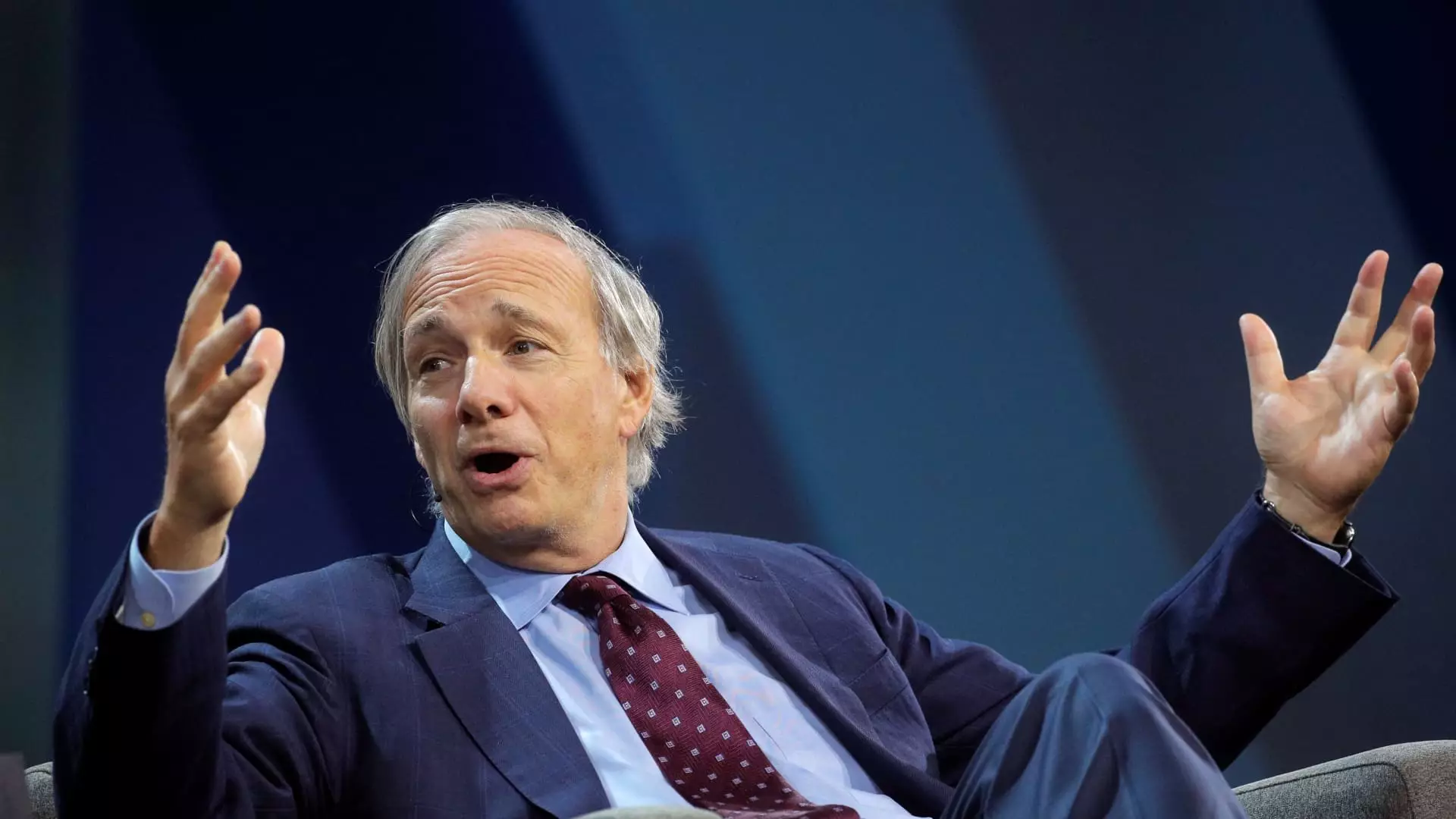In a significant economic shift, the U.S. Federal Reserve has enacted its first interest rate reduction since the onset of the COVID-19 pandemic, lowering the federal funds rate by 50 basis points to a corridor of 4.75% to 5%. This action is not merely a mechanical adjustment; it symbolically represents a broader attempt to steer the economy amidst burgeoning fiscal complexities. While this rate cut is likely to ease borrowing costs for everyday consumers — impacting everything from mortgages to credit card rates — it simultaneously introduces a delicate balancing act for the Federal Reserve as it negotiates the dual demands of creditors and debtors.
Billionaire investor and economic commentator Ray Dalio has voiced concerns, underscoring the gargantuan level of debt that characterizes the contemporary economic landscape. With U.S. national debt soaring to approximately $35.3 trillion, the Treasury Department revealed that interest payments have eclipsed $1 trillion this year alone. The latent implications of this debt bubble raise fundamental questions about sustainability and economic resilience.
Analysts often focus on abstract economic theories, but Dalio’s perspective emphasizes the stark reality faced by the U.S. economy: an overwhelming debt load that appears to be growing exponentially. The notable increase in interest payments aligns with a substantial widening of the U.S. budget deficit, projected to approach $2 trillion by year-end. This fiscal trajectory poses significant risks and opportunities, with Dalio categorizing debt and its management as one of the five pivotal forces determining the global economic outlook.
Furthermore, the pandemic spurred a frenzied accumulation of debt—a tactical response by governments worldwide employing unprecedented stimulus packages to stave off economic collapse. As these debts mature, the urgency to finance or refinance them will amplify, posing further challenges. Unlike in previous cycles, where regulatory measures could temper economic turbulence, the current scenario reveals a landscape fraught with financial strife, escalating costs, and diminished consumer confidence.
When addressing the trajectory of debt management and its socio-political implications, Dalio cautioned against the likely scenarios following the upcoming presidential elections. He suggested that neither former President Donald Trump nor Vice President Kamala Harris would significantly alter the course of debt sustainability. Rather, he anticipates an ongoing trend towards monetizing this debt—reflective of Japan’s protracted reliance on ultra-low interest rates, which have historically eroded both the value of its currency and the purchasing power of its government bonds.
In many respects, this raises a pivotal question regarding the resilience of the U.S. dollar, especially if market confidence in American fiscal responsibility wanes. Dalio suggested that if the U.S. were to experience a failure in attracting buyers for its issued debt, then troubling scenarios would ensue: either a rise in interest rates could occur to attract lenders, or the Federal Reserve might intervene directly by purchasing government bonds.
Potential Economic Scenarios: History Repeats?
Drawing comparisons to past economic crises, Dalio expressed concerns that a similar pattern might emerge within U.S. borders. He delineated an eerily reminiscent parallel to economic environments seen in the 1930s and the inflation-laden 1970s, highlighting that the conditions might be ripe for a dismal economic environment characterized by rising inflation and declining currency values.
Dalio’s apprehensions hinge on a widespread depreciation of currency value, a scenario that could undermine confidence in fiat currency systems. In this light, if substantial debt monetization remains the norm, it is plausible to envision a landscape devoid of viable currency stability. The aftermath of such dynamics may tragically mirror global economic upheavals that have left legacies of mistrust and turbulence.
As the Federal Reserve grapples with an intricate monetary landscape coupled with unfathomable debts, both consumers and investors remain vigilant. Dalio’s assertions compel us to recognize that although the current equilibrium in the economy appears stable, an underlying precariousness persists. The very balancing act that the Federal Reserve aims to maintain—between supporting debtors and appeasing creditors—could unravel under the weight of accumulated liabilities.
While the road ahead remains unclear, the insights shared by figures like Dalio serve as a clarion call for comprehensive strategies that prioritize sustainable fiscal practices, enhancing transparency, and encouraging resilience in adapting to unfathomable economic challenges. As history has taught us, an over-reliance on temporary fixes may yield lasting repercussions for generations to come.


Leave a Reply